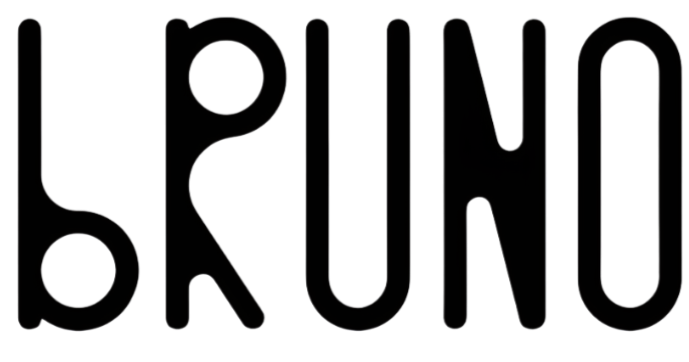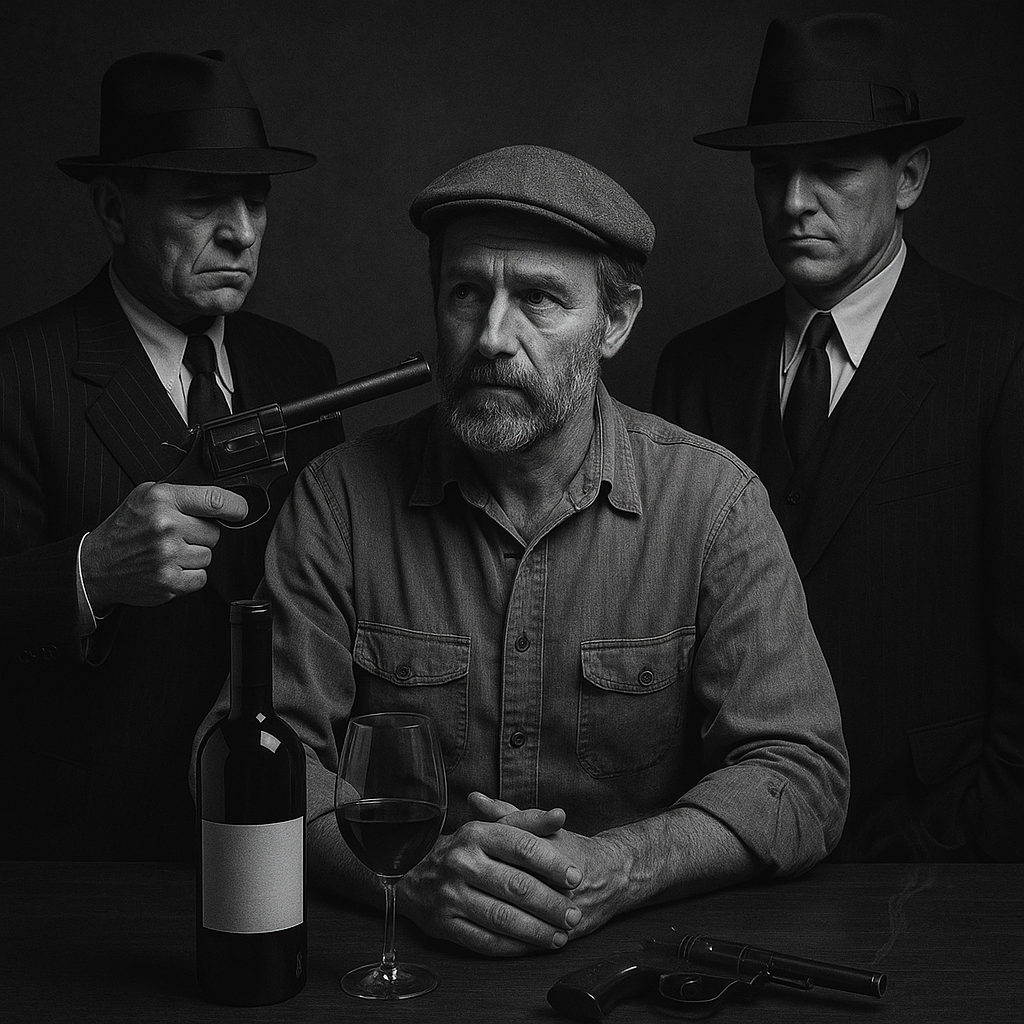How your $100 bottle got made—and who took a cut along the way
It started in the hills of Oregon.
A winemaker with dirt beneath his nails and a hoodie crusted in dust walked his rows of Pinot Noir at sunrise. The vineyard was quiet, still clinging to the early fall fog. He ran his fingers across the skins. The grapes were nearly ready. He’d spent the better part of a year nursing this crop, arguing with the weather, fighting mildew, watching the sky like it owed him something.
The wine he made wasn’t loud. It didn’t come with gold foil or fancy French fonts. But it was beautiful: silky, precise, honest. It cost him about $10 to make. All in. Farming, harvesting, fermenting, bottling. Ten bucks for a bottle with a soul.
And then the chain began.
First up: the distributor. The guy who talks faster than he tastes. He had targets to hit, clients to please, and margins to protect. He showed up early, paid the winemaker $20 a bottle, and shook his hand like he meant it. Then sold it for $40 and passed the bottles down the line, no questions asked.
And then, the retailer. Soft lights, polished wood shelves, and a little handwritten card that made it sound like the vineyard was blessed by monks. He set the bottle at $70, just high enough to offer 10% off if you bought a case, and just low enough to make you feel like you got lucky.
And finally, you came. The consumer. Paying for much more than just a bottle of wine.
No one lied. No one cheated. But somewhere along the way, the soul of the bottle got dressed up in layers it never asked for. Same wine. But dressed up like it went to finishing school.
And that’s when the real moment happens.
You open the bottle at a dinner party. Your friends say it’s smooth. You nod like you understand the word “tannin.” Someone makes a joke about how expensive it must’ve been. You don’t laugh, because it was. And deep down, a voice whispers:
“Is this what a $70 bottle tastes like?”
For most people, that voice fades.
But one guy kept listening.
He asked questions. Sat in the back of the trade tastings, taking notes. Tried the $70 bottle, then found the winemaker behind it. Same juice. Fewer suits.
He didn’t like the math. So he opted out.
That guy? That was Bruno. At least before anyone called it that.
He kept asking questions. He kept skipping steps. And before long, he wasn’t the only one tired of paying for shelf talkers and smoke screens.
Now we work with winemakers who care more about soil than slogans. We cut out the noise, the suits, the velvet rope.
Because wine should earn its price in the glass, not the backstory.
Drink Different. Or Die Bored.
Cheers,
Bruno



Share:
The Sweetest Scam in the Wine Industry
The Traditional Wine Club Is Ruined